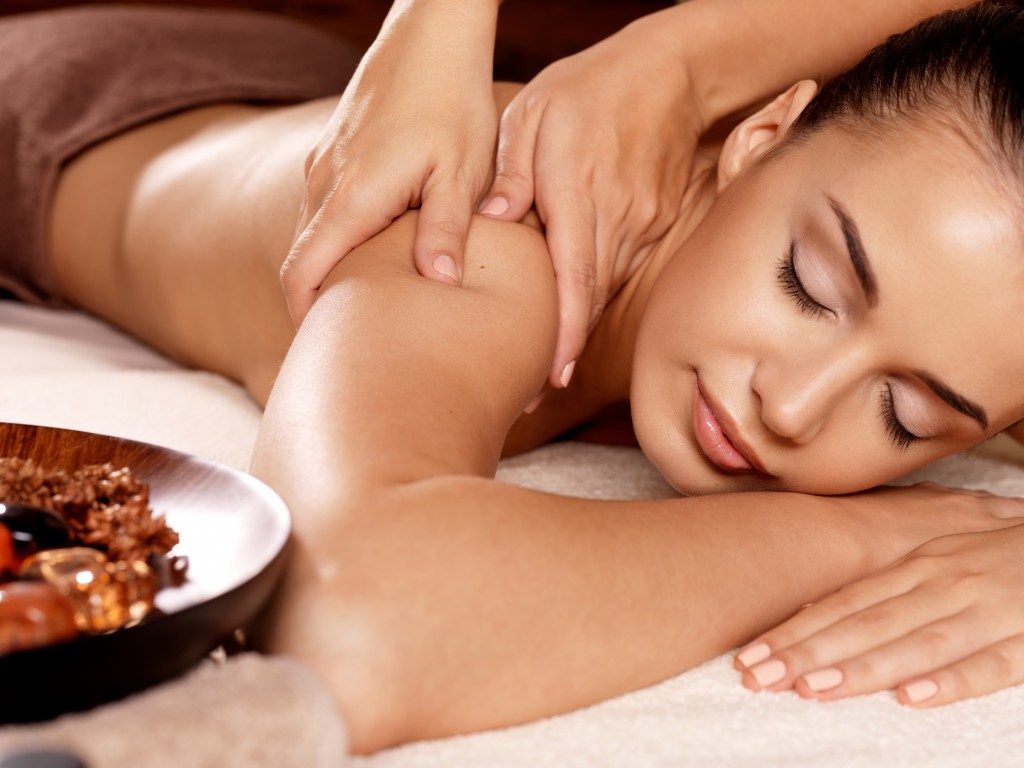Far from just a pleasurable indulgence, massage therapy is currently recognized as an effective part of long-term pain management strategies for adults. The various types of massage therapies address and relieve musculoskeletal pain in three distinct ways.
Massage therapy hinges on the alleviation of tension to deliver pain relief and does so effectively solely through tactile means. People in urban areas like Salt Lake City would often want relief from the tension and fatigue caused by a busy lifestyle. In the hands of a skilled and careful masseur, massages can address many discomforting muscular issues and relieve pain.
Although once considered a pleasurable luxury, massages are today widely incorporated as a component of modern pain management, serving as an alternative to painkillers in managing physical pain brought about by stress and muscle pain.
Massages alleviate pain and stress in several ways. First, careful massaging of muscle tissue can alleviate tension by encouraging muscles to relax. Second, massaging can smooth out knots formed by poor posture and muscular overuse. Third, the manipulation of muscles can stimulate nerve endings can interrupt pain signals, providing immediate relief from pain.
Massaging Away the Stiffness
Muscle tension and stiffness is initially caused by the build-up of lactic acid. This is followed by the accumulation of white blood cells, prostaglandins, and other substances that contribute to the healing process, which has the side effect of causing discomfort.
As the muscles work without adequate oxygen, such as when lifting heavy weights, they produce lactic acid as a byproduct. A high concentration of lactic acid leads to a loss of flexibility as well as muscular damage, leading to the familia fatigue felt after strenuous activity. This soreness, often manifesting within days, does fade over time. People who exercise frequently are well aware of this tendency and the benefits given by massages in reducing its effects. Receiving a massage can help ease this tension and reduces recovery time from delayed-onset soreness. Massaging can also encourage blood flow, which can go a long way in easing the resultant inflammations.
Pressure on the Knots

Many forms of massages require pressure at certain points to be effective. This is the case with deep tissue massages, which aim to relieve pain by identifying myofascial trigger points (muscle knots) found deep within human musculature and smoothing them out.
The knot is, essentially, an entanglement of muscle fibers, often with the attendant crimping of a nerve. At least some of these knots are only painful when touched, but the ones familiar with most people are those that cause immense, recurring pain. These knots can form around the muscle and can constrict the free movement of the body by making the movement of a muscle painful.
One way of relieving the effects they have on the entire muscle or joint is to gradually smoothen them out. By doing so, the masseur not only relieves the pain associated with the knot but also potentially restores the range of motion in the surrounding muscle group. It usually takes a bit of pressure to smoothen out a muscle knot, especially in tight regions such as near the neck. Deep tissue massages that address tight knots and attendant scar tissue are usually advised only for people with chronic pain, while trigger point massages are enough for surface knots.
Easing it in
As anyone who has received a scalp rub can attest, massages can be very pleasurable experiences. Tactile contact stimulates the nerve endings, which can Upon its conclusion, the body feels a rush of endorphins that can help relieve individuals of stress.
For this reason, getting a light massage is often just as beneficial (if not more so) than a hard one. Lighter massages are more effective in reducing tension and providing stress relief, whereas harder massages are ideal for targeting tight musculoskeletal pains.
